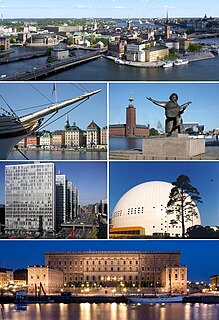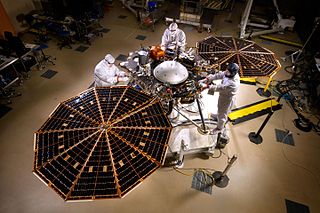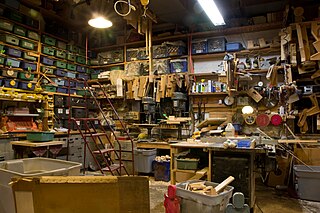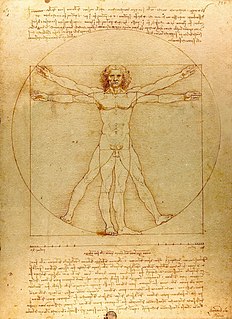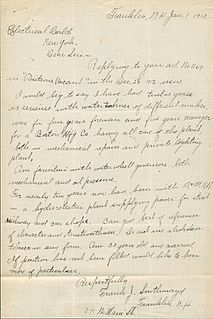
The Saab 900 is a compact luxury automobile which was produced by Saab from 1978 until 1998 in two generations. The first generation from 1978 to 1993 is known as the "classic" and the generation from 1994 to 1998 is known as the "new generation".

The Saab 9-2 was a small family car that was proposed in February 2010 to have been added to Saab's production line by 2014, under its then new ownership, Spyker Cars though some commentators considered the project a pipe dream.

The Saab 9-3 was a compact executive car that was originally developed and manufactured by the Swedish automaker Saab.

The Saab 90 is a compact executive car from Saab made from September 1984 to 1987. It was manufactured at a facility in Uusikaupunki (Nystad), Finland, at that time owned by Saab and Valmet. The 90 was a continuation of the Saab 99 and it was basically a Saab 99 from the B-pillar forward with the rear of a Saab 900 sedan. The 90, while easier to build than the 99, was still considerably more labour intensive than the more modern 900.

The Saab 99 is a compact executive car which was produced by Saab from 1968 to 1984. It was manufactured both in Sweden and Finland.

The Saab 96 is an automobile manufactured and marketed by Saab from 1960 to January 1980, replacing the 93. The 96 featured aerodynamic two-door bodywork, four passenger seating and at first a two-stroke, three-cylinder engine, later a four-stroke V4.

Saab 98 was an automobile built by Saab in 1974 which never reached full production. Originally it was called X14, it designed by Björn Envall as a combi coupé based on the Saab 95 and using its floorpan. The prototype was assembled by Sergio Coggiola, who had already done work on the Saab Sonett III.

The Saab Sonett is an automobile manufactured between 1955 and 1957 and again between 1966 and 1974 by Saab of Sweden. Sonetts shared engines and other components with Saab 96s and 95s of the same era. It was mainly intended for the lucrative American export market and was only offered intermittently in the Swedish domestic market.
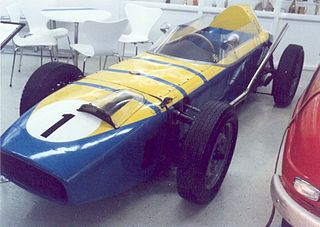
The Saab Formula Junior was a car built in 1960 by the Swedish car maker Saab.
The Saab MFI 13 was a February 1965 prototype for the Saab 97, later known as Sonett II. It was built at the Malmö Flygindustri as they had some experience with plastic manufacturing. The body of the prototype was made of steel though. A second prototype was designed by Sixten Sason and delivered a month later by ASJ in Arlöv.

Ursaab, also known as 92001 and X9248, was the first of four prototype cars made by Saab AB, which at that time was solely an aeroplane manufacturer, leading to production of the first Saab car, the Saab 92 in 1949. The car is now in the Saab Car Museum in Trollhättan. The name "Ursaab" means "original Saab".
Rolf Mellde was an engineer who specialized in performance engines and also a car racing enthusiast.

The Indigo 3000 is a Swedish sports car produced by Jösse Car from 1996-1998. 42 working cars were produced and it was the only car manufactured by Jösse Car before they folded. It was designed by Hans Philip Zackau, who also did work on the Volvo 850.

General Motors Europe was responsible for the operation of General Motors ("GM") businesses in Europe. The subsidiary was established by GM in 1986 and operated 14 production and assembly facilities in 9 countries, and employed around 54,500 people. GM's core European brands were UK-based Vauxhall and Germany-based Opel, which both sell much the same range of cars in different markets. GM also owned the Swedish Saab until early 2010 and sold Chevrolet models between 2005 and 2015. The U.S. brand Cadillac is imported into Europe in small quantities. In 2009, General Motors (GM) announced to move its European headquarters from Zurich, Switzerland to Rüsselsheim, Germany to strengthen its German subsidiary Opel.
Spyker N.V. is a Dutch-based automobile company that produces high-end sports cars. It is the holding company of the Spyker Cars marque. In 2010, the company acquired Swedish car manufacturer Saab Automobile from General Motors.
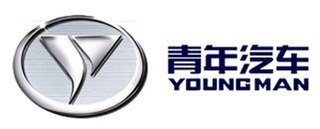
Youngman is a Chinese manufacturer of buses and trucks located in Jinhua, Zhejiang province. The company was founded in 2001 by Pang Qingnian and also used to manufacture automobiles. However, its passenger car business appears to have ceased operation by mid-2015.
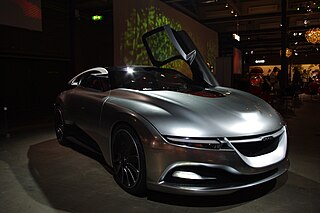
Saab PhoeniX is a concept car produced by Saab which was unveiled at the 2011 Geneva Motor Show.
Philip Thomas Clark (1935–1968) was an American automotive designer who worked for both General Motors and Ford, and was responsible for ground-breaking designs such as the Ford Mustang and the Ford Capri.

The automotive industry in Sweden is mainly associated with passenger car manufacturers Volvo Cars and Saab Automobile but Sweden is also home of two of the largest truck manufacturers in the world: Volvo AB and Scania AB. The automotive industry is heavily dependent on export as some 85 percent of the passenger cars and 95 percent of the heavy vehicles are sold outside of Sweden. The automotive industry and its sub-contractors is a major part of Swedish industry. In 2011 around 110,000 people were employed and the export income of 150 billion SEK accounted for 12 per cent of Sweden’s export income. During 2009 128,738 passenger cars and 27,698 heavy vehicles were built in Sweden.





